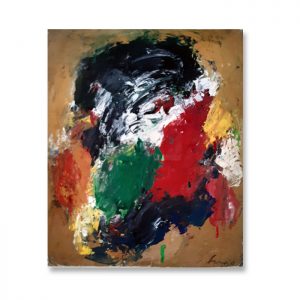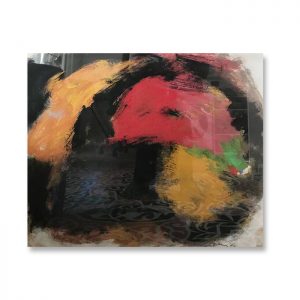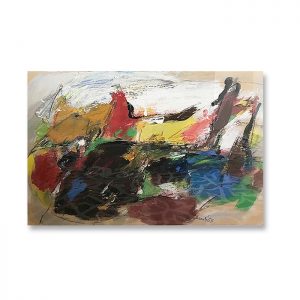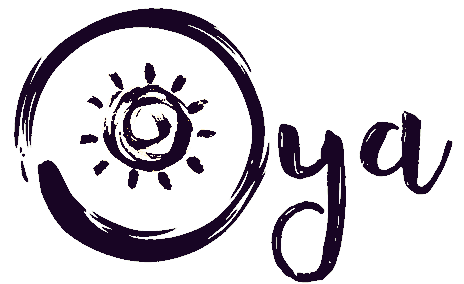Eugène Brands
Eugène Brands was born on January 15, 1913 in Amsterdam. From 1931 to 1934 he studied advertising design at the Amsterdam School of Applied Arts. After having worked as an advertising designer for several months at various agencies, he opted for visual artistry. As such he is self-taught.
In 1948 he becomes a member of the Dutch Experimental Group REFLEX, which later, evolves into CoBrA. His meeting with Willem Sandberg, former director of the Stedelijk Museum in Amsterdam, leads to the exhibition in which CoBrA presents itself for the first time in the Netherlands in 1949. Brands leaves CoBrA a year after its foundation in 1949 to retreat to his studio for the next 10 years and be inspired by ‘the world of the child’. For this he discovers a special technique, namely oil on paper.
From 1967 he is a.o. teacher Free Painting at the Royal Academy for Modern Art and Design in ‘s-Hertogenbosch. Brands has had numerous one-man exhibitions at home and abroad. Important overview exhibitions are in 1969 at the Stedelijk Museum in Amsterdam, in 1988 at the Stedelijk Museum Schiedam, in 1990 at the Beyerd in Breda, and in 1997 and 2001 at the CoBrA Museum of Modern Art in Amstelveen.
Eugène Brands lived and worked in Amsterdam, until he moved to a summer residence in Nunspeet on the Hoge Veluwe in 1974. There in the silence of nature he feels the mystery of the cosmos stronger than ever. In the beauty, the colors of both crocuses and violets and the reflection of the pond in the garden, the mystery is locked up for him.
In 1993 Brands decides to stop painting on canvas. It has become physically too heavy for him. After that time he limits himself to his beloved gouaches on paper, because the technique of the gouache lends itself best to the freedom he wants to achieve.
In 1999 he traded his studio in Nunspeet for a studio in the South of France, where he unfortunately only briefly enjoyed. Eugène Brands died on January 15, 2002 at home, the day he celebrated his 89th birthday.
Panta Rhei, his credo!
The Panta Rhei, the ‘everything flows’, will always dominate his painting. Also in the years when he focuses on the Mystery of the Universe through which his masterly canvases such as ‘Glorious Dawn at Venice’ (1983) and ‘Daybreak’ (1986) came into being. These paintings are included in the co-collection of the Stedelijk Musseum in Amsterdam, where a large number of his works are housed.




